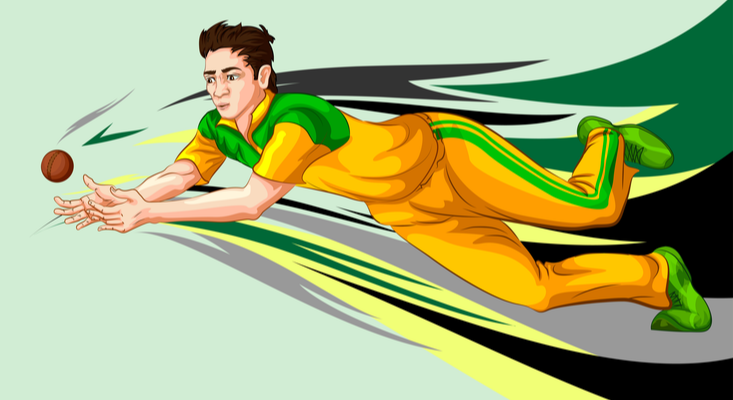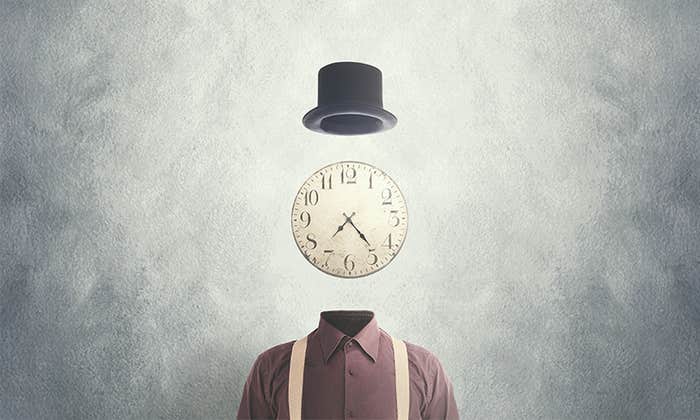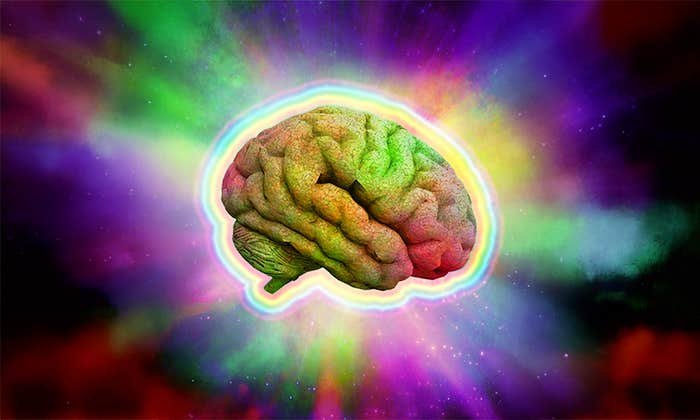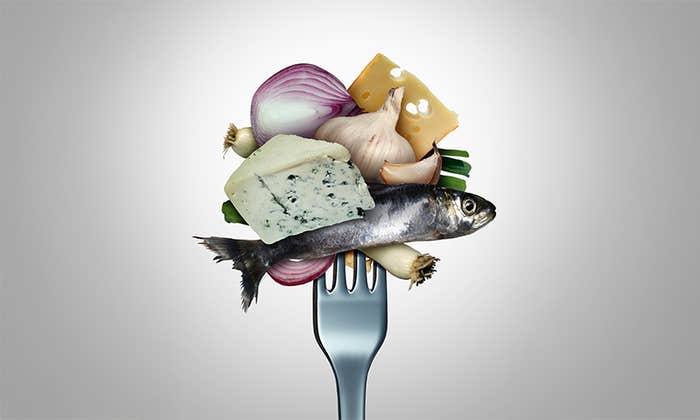I have a childhood memory of looking in the bathroom mirror, and for the first time realizing that my experience at that precise moment—the experience of being me—would at some point come to an end, and that “I” would die. I must have been about 8 or 9 years old, and like all early memories this one too is unreliable. But perhaps it was at this moment that I also realized that if my consciousness could end, then it must depend in some way on the stuff I was made of—on the physical materiality of my body and my brain. It seems to me that I’ve been grappling with this mystery, in one way or another, ever since.
Consciousness won’t be solved in the same way that the human genome was decoded, or the reality of climate change established. Nor will its mysteries suddenly yield to a single Eureka-like insight—a pleasant but usually inaccurate myth about scientific progress.
Brains are not for rational thinking, linguistic communication, or perceiving the world.
A science of consciousness should explain how the various properties of consciousness depend on, and relate to, the operations of the neuronal wetware inside our heads. I say wetware to underline brains are not just computers made of meat. They are chemical machines as much as they are electrical networks. Every brain that has ever existed has been part of a living body, embedded in and interacting with its environment—an environment which in many cases contains other embodied brains. Explaining the properties of consciousness in terms of biophysical mechanisms requires understanding brains—and conscious minds—as embodied and embedded systems.
This way of thinking leads us to a new conception of what it is to be a self—that aspect of consciousness which for each of us is probably the most meaningful. An influential tradition, dating back at least as far as Descartes, held that non-human animals lacked conscious selfhood because they did not have rational minds to guide their behavior. They were “beast machines”: flesh automatons without the ability to reflect on their own existence.
I don’t agree. Consciousness has more to do with being alive than with being intelligent. We are conscious selves precisely because we are beast machines. Experiences of being you, or of being me, emerge from the way the brain predicts and controls the internal state of the body. The essence of selfhood is neither a rational mind nor an immaterial soul. It is a deeply embodied biological process, a process that underpins the simple feeling of being alive that is the basis for all our experiences of selfhood.
Our conscious experiences of the world around us, and of ourselves within it, happen with, through, and because of our living bodies. Our animal constitution is not merely compatible with our conscious perceptions of self and world. We cannot understand the nature and origin of these conscious experiences, except in light of our nature as living creatures.
Controlled Hallucination
Every self that ever was is complex and multifaceted, composed of many different aspects that seem bound together as a unified whole. But to grasp the essence of being a self, we must cast off the outer layers and go deep within the body.
Underneath the expressions of selfhood involving memories of past and plans for the future, before the explicit sense of personal identity, beneath the “I” and even prior to the emergence of a first-person perspective and experiences of identifying with a particular object as “the body,” there are deeper layers of selfhood still to be found. These bedrock layers are intimately tied to the interior of the body, rather than to the body as an object in the world, and they range from emotions and moods—what psychologists call “affective” experiences—to a basal, formless, and ever-present sense of simply being an embodied, living organism.

Let’s first consider emotions and moods. These forms of conscious content are central to the experience of being an embodied self. Like all perceptual experiences, they can be understood as controlled hallucinations: brain-based best-guesses that remain tied to the world and the body in ways determined not by their accuracy, but by their utility for the organism.
In this view, perceptual experiences are not simple read-outs of a world, or of a body. They are active constructions in which the brain’s top-down, inside-out predictions about what’s going on are continuously calibrated by sensory signals flowing in the opposite (outside-in) direction. By treating sensory signals as prediction errors, and trying to minimize them everywhere and all the time, the brain settles and re-settles on a continuously evolving best-guess of the causes of these sensory signals, and this best guess is what we consciously perceive. The distinctive thing about experiences of emotion and mood is that the relevant causes are to be found within the body, rather than out there in the world.
When we think about perception, we tend to think in terms of the different ways in which we sense the outside world—the familiar modalities of sight, hearing, taste, touch, and smell. These world-oriented varieties of sensation and perception are collectively called exteroception.
I don’t agree. Consciousness has more to do with being alive than with being intelligent.
Perception of the body from within is known as interoception. Interoceptive sensory signals are typically transmitted from the body’s internal organs—the viscera—to the central nervous system, conveying information about the state of those organs, as well as about the functioning of the body as a whole. Interoceptive signals report things like heartbeats, blood pressure levels, various low-level aspects of blood chemistry, degrees of gastric tension, how breathing is going, and so on. These signals travel through a complex network of nerves and deep-lying brain regions before arriving at parts of the cortex specialized for interoceptive processing—in particular, the insular cortex. The key property of interoceptive signals is that they reflect, in one way or another, how well physiological regulation of the body is going. In other words, how good a job the brain is doing of keeping its body alive.
Like all physical properties, the bodily causes of interoceptive signals remain hidden behind a sensory veil. Just as with the outside world, the brain has no direct access to physiological states of the body, and so these states have to be inferred through best guessing.
As with all perception, this best guessing is achieved—I believe—through a neural dance between top-down prediction and bottom-up prediction error. And just as predictions about visual sensory signals underpin visual experiences, interoceptive predictions underpin emotions and moods. Whether it’s fear, anxiety, joy, or regret—every emotional experience is rooted in top-down perceptual best-guessing about the state of the body (and about the causes of this state). These experiences, too, are kinds of controlled hallucination.
What are these internally directed perceptual best guesses for? Perception of the outside world is obviously useful for guiding action, but why should our internal physiological condition be built into our conscious lives from the ground up?
Good Regulations
To answer the question, we can borrow a concept from cybernetics—essential variables. Introduced by the pioneering psychiatrist and cybernetician W. Ross Ashby, essential variables are physiological quantities, such as body temperature, sugar levels, oxygen levels and the like, that must be kept within certain rather strict limits, for an organism to remain alive.
Keeping essential variables where they belong is the primary reason for having a brain. All living organisms strive to maintain their physiological integrity in the face of danger and opportunity. Evolution’s reason for providing organisms with brains is not so they can write poetry, do crossword puzzles, or pursue neuroscience. Evolutionarily speaking, brains are not for rational thinking, linguistic communication, or even for perceiving the world. The most fundamental reason any organism has a brain is to help it stay alive, through making sure that its physiological essential variables remain within the tight ranges compatible with its continued survival.
Putting these pieces together, emotions and moods can be understood as control-oriented perceptions which regulate the body’s essential variables. This is what they are for. Predictions, it turns out, are not only good for figuring out what’s there—they are also essential for effectively controlling things. In such situations the dance between prediction and prediction error is subtly different in who leads and who follows. Instead of predictions being updated by prediction errors, now the system makes actions to bring sensory signals into line with pre-existing predictions.
The experience of fear I feel as a bear approaches is a control-oriented perception of my body—more specifically my body in the presence of an approaching bear—that sets in train the actions that are best predicted to keep my essential variables where they need to be. Importantly, these actions can be both external movements of the body—like running—and internal “intero-actions” such as raising the heart rate or dilating blood vessels.
This perspective on emotions and moods ties them closely to our flesh-and-blood nature. These forms of self-perception are not merely about registering the state of the body, whether from the outside or from the inside. They are intimately and causally bound up with how well we are doing, and how well we are likely to do in the future, at the business of staying alive.
Understanding emotions and moods in this way explains why they have their characteristic phenomenology—the distinctive ways in which they appear in consciousness. Experiences of fear, jealousy, joy, and pride are very different, but they are more similar to each other than any one of them is to a visual experience, or to an auditory experience. Why is this? The nature of a perceptual experience depends not only on the target of the corresponding prediction, but also on the type of prediction being made. Predictions geared toward finding out things will have a very different phenomenology from those geared toward controlling things.
How to Catch a Ball—and Stay Alive
When I look at a coffee cup on my desk, there is the strong perceptual impression of a three-dimensional object that exists independently of me. This is the phenomenology of “objecthood.” Here, perceptual predictions are geared toward finding out what’s there, and the relevant actions are those, like rotations, that are predicted to reveal more about the hidden causes of the sensory signals.
Consider now a more active example: catching a cricket ball. You might think the best way to do this would be to figure out where the ball is going to land and run there as fast as possible. But figuring out what’s there is not, in fact, a good strategy, and is not what expert fielders do. Instead, you should keep moving so that the ball always looks the same in a particular way—specifically, so that the angle of elevation of your gaze to the ball increases, but at a steadily decreasing rate. It turns out that if you follow this strategy—psychologists call it “optic acceleration cancellation”—you are guaranteed to intercept the ball.
We are not the beast machines of Descartes, for whom life was irrelevant to mind. It is exactly the opposite.
This example brings control back into the picture. Your actions—and your brain’s predictions about their sensory consequences—are not about finding out where the ball is. They are geared toward controlling how the ball perceptually appears. Accordingly, your perceptual experience will not reveal the precise location of the ball in the air, but something like its catchability as you run toward it. Perception in this situation is a controlling hallucination just as much as it is a controlled hallucination.
The same applies to emotions and moods. These control-oriented perceptions are all about predicting the consequences of actions for keeping the body’s essential variables where they belong. This is why, instead of experiencing emotions as objects, we experience how well or badly our overall situation is going and is likely to go. Whether I’m sitting by my mother’s hospital bed, or fixing to escape from a bear, the form and quality of my emotional experiences are the way they are—desolate, hopeful, panicky, calm—because of the conditional predictions my brain is making about how different actions might impact my current and future physiological condition.
Despite being firmly rooted in physiological regulation, emotions and moods are still mostly experienced at least in part as relating to things and situations beyond the self, outside the body. When I feel fear, I am usually afraid of some thing. But the very deepest levels of experienced selfhood seem to lack these external referents altogether. At these basal layers, beneath even emotions and moods, there lies a cognitively subterranean, inchoate, difficult-to-describe experience of simply being a living organism. This is the true ground-state of conscious selfhood: a formless, shapeless, control-oriented perceptual prediction about the present and future physiological condition of the body itself. This is where “being you” begins, and it is here that we find the most profound connections between life and mind, between our beast machine nature and our conscious self.
We are not the beast machines of Descartes, for whom life was irrelevant to mind. It is exactly the opposite. All of our perceptions and experiences, whether of the self or of the world, are inside-out controlled and controlling hallucinations that are rooted in the flesh-and-blood predictive machinery that evolved, develops, and operates from moment-to-moment, always in light of a fundamental biological drive to stay alive.
Anil Seth is the author of the new book, Being You: A New Science of Consciousness. He is a professor of cognitive and computational neuroscience at the University of Sussex and co-director of the Canadian Institute for Advanced Research Program on Brain, Mind, and Consciousness. @anilkseth
Adapted from Being You: A New Science of Consciousness by Anil Seth with permission from Dutton, an imprint of Penguin Publishing Group, a division of Penguin Random House, LLC. Copyright © 2021 by Anil Seth.
Lead image: Slava Gerj / Shutterstock


























